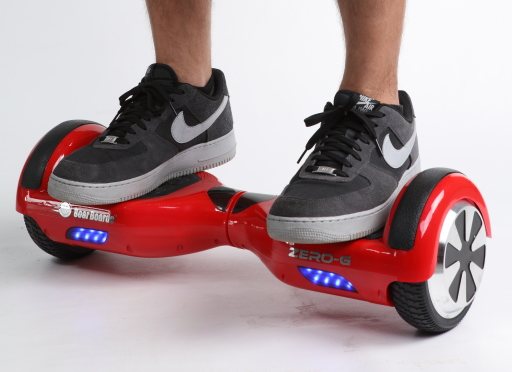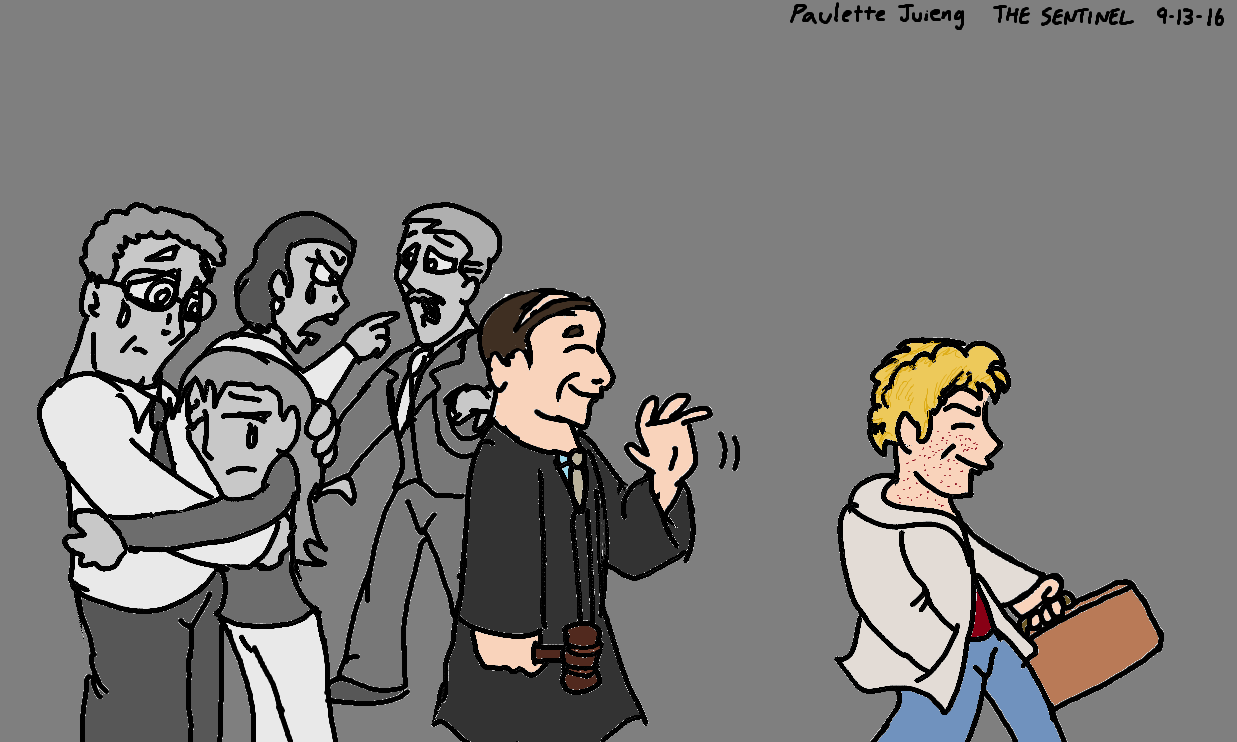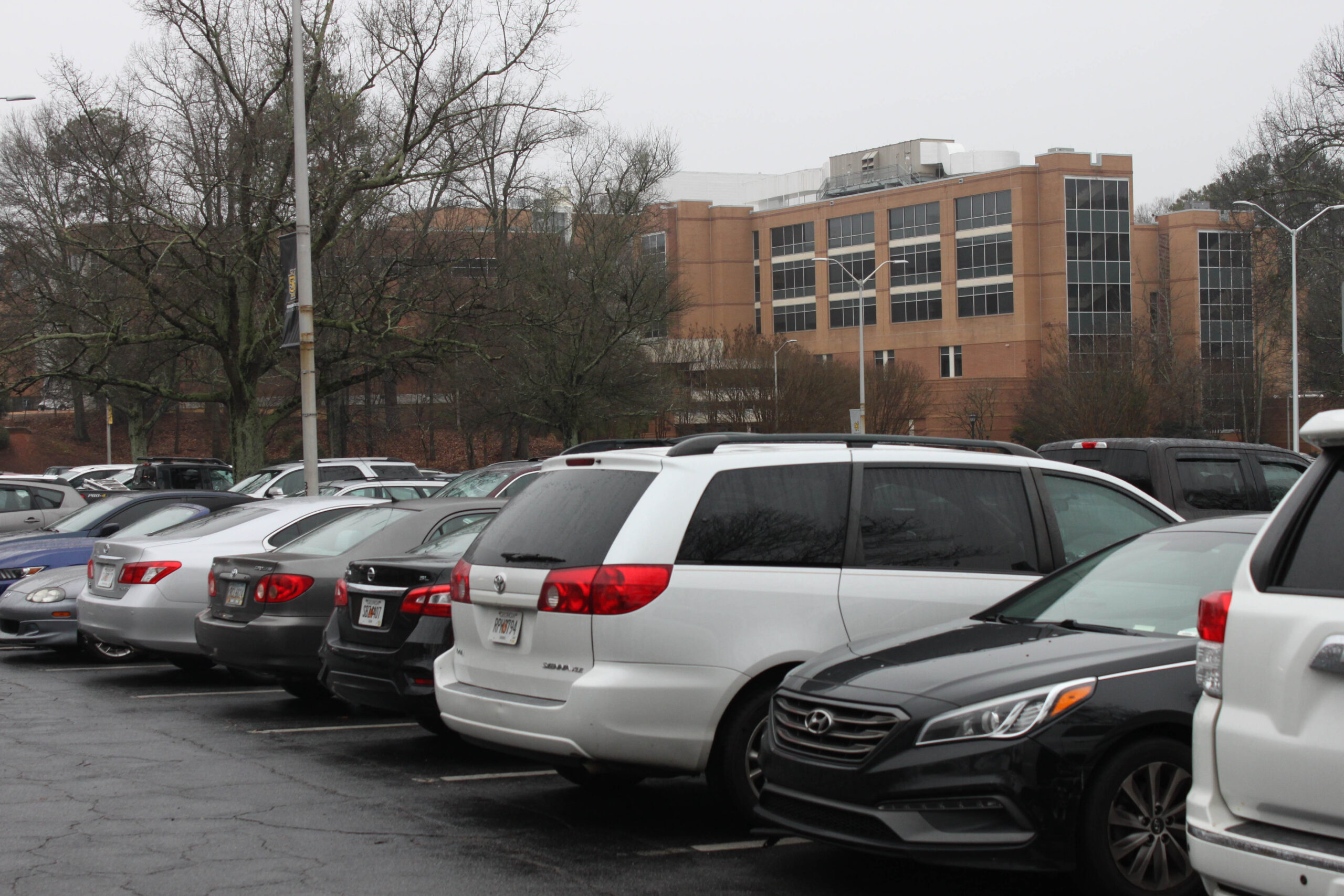Self-balancing scooters, also called hoverboards, are being banned from college campuses, city sidewalks and airports because of recent reports of some of the scooters exploding and catching on fire. According to the Atlanta Journal-Constitution, these $599 scooters have been recently banned from the University of North Georgia campus and the Atlanta-based Delta Airlines.
The hoverboard catastrophes we have heard about online and in the news should raise some concern for Kennesaw State University. Now that other colleges in the United States have banned hoverboards from their campuses, I would not be surprised if KSU administration is considering to do the same. Not only have these scooters been known to catch fire while being used, but they also pose risks for pedestrians one campus.
The problem I see with regulating hoverboard use on campus, however, is that it is a mode of transportation that does not truly belong on the sidewalk with pedestrians nor in the road with cars. These devices fit into the same category as skateboards, scooters and bicycles. You can’t ride them in the middle of the road, and they can be a nuisance to pedestrians on a sidewalk.
I came close to being knocked on my face once by a biker, who swung around the Campus Loop Road Intersection just as a group of pedestrians started to cross over the crosswalk in front of the Commons.
In order to ensure the safety of pedestrians on campus, I believe KSU administration and police should at least enforce the safety suggestions found in the self-balancing scooter’s instruction manual. Surprisingly, you may find that students have been ignoring these precautions.
The hoverboard’s instruction manual says to “always wear proper protective equipment such as an approved safety helmet [and] elbow pads, kneepads, wrist guards, a long-sleeved shirt, long pants and gloves.” Riders should “always wear athletic shoes (lace-up shoes with rubber soles) and keep shoelaces tied and out of the way of the wheels, motor and drive system.” They should “never ride barefooted or in sandals.”
How many hoverboard riders have you seen wearing helmets on campus?
As for the explosion and catching fire problem, riders should also refer to the safety suggestions in the instruction manual: “The charger supplied with the electric product should be regularly examined for damage to the cord, plug, enclosure and other parts. In the event of such damage, the product must not be charged until the charger has been repaired or replaced.”
According to The Wire, many of these problems are caused by overcharging and not taking proper care of the battery.
The hoverboard’s instruction manual also suggests to only use the recommended charger and not to place it near flammable materials.
This is common sense. You won’t put your laptop next to a space heater or an oven.
Riders should also “unplug charger and disconnect from product when not in use [and] disconnect from the charger prior to wiping down and cleaning your product with damp cloth.”
I think following these guidelines will prevent more hoverboard catastrophes, and KSU campus authorities should not be afraid to enforce the suggestions found in the instruction manual. They should call out students who don’t wear protective gear while riding to not only ensure the rider’s safety but the safety of others as well.





This a stupid article. Makes no sense bc these boards are not out of control. I understand the need for caution but there’s no threat to safety.